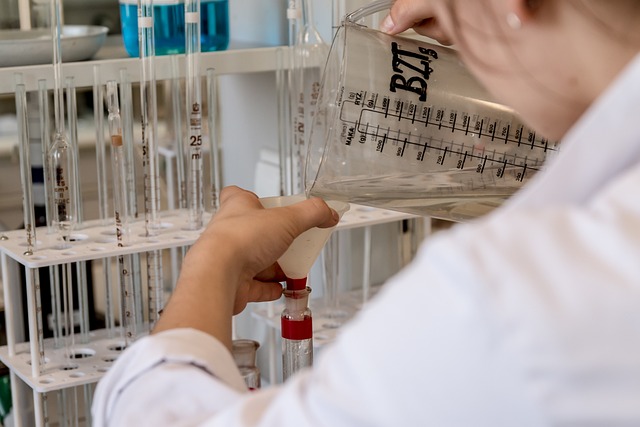REACH certification
The European Union’s REACH Regulation stands for Registration, Evaluation, Authorization, and Restriction of Chemicals. It is a comprehensive regulation that addresses the production and use of chemical substances. The REACH Regulation aims to enhance the protection of human health and the environment from the risks that can be posed by chemicals, while promoting the competitiveness of the EU chemicals industry.

REACH Certification
REACH is the primary EU law designed to safeguard human health and the environment from potential chemical risks. It achieves this by improving the early identification of chemical properties and implementing measures like restricting or phasing out high-risk substances.
When a brand is REACH certified, it means they adhere to the stringent guidelines set by the EU’s Registration, Evaluation, Authorization, and Restriction of Chemicals (REACH) regulation. This certification signals a commitment to chemical safety, environmental responsibility, and transparency. Brands with REACH certification prioritize the careful management of chemical risks, providing consumers with assurance that their products meet high standards for safety and sustainability.
Choosing REACH certified brands ensures a safer and more responsible consumption experience.
The European Chemical Agency
The European Chemical Agency (ECHA) serves as the nerve center of the REACH system. It manages databases critical to the functioning of REACH, facilitating the coordination of in-depth evaluations of chemical information. Additionally, ECHA operates a public database accessible to both consumers and professionals, providing a resource for hazard information.
How REACH Works:
Information Gathering: Manufacturers and importers collect comprehensive data on the properties of their chemical substances.
Centralized Registration: This information is then registered in a central database administered by ECHA, establishing a transparent system for monitoring and control.
ECHA’s Coordination: ECHA oversees the in-depth evaluation of chemical information, ensuring a thorough understanding of potential risks.
Public Access: ECHA’s public database offers accessible hazard information, empowering consumers and professionals to make informed decisions.

